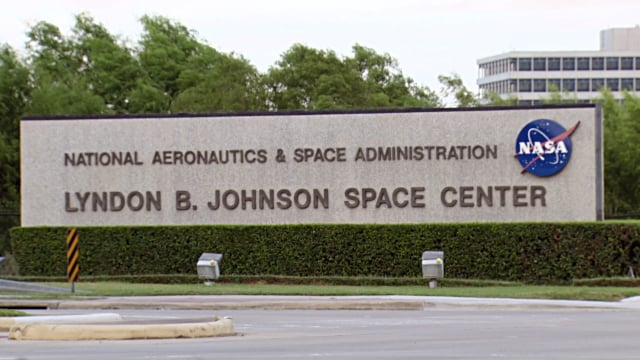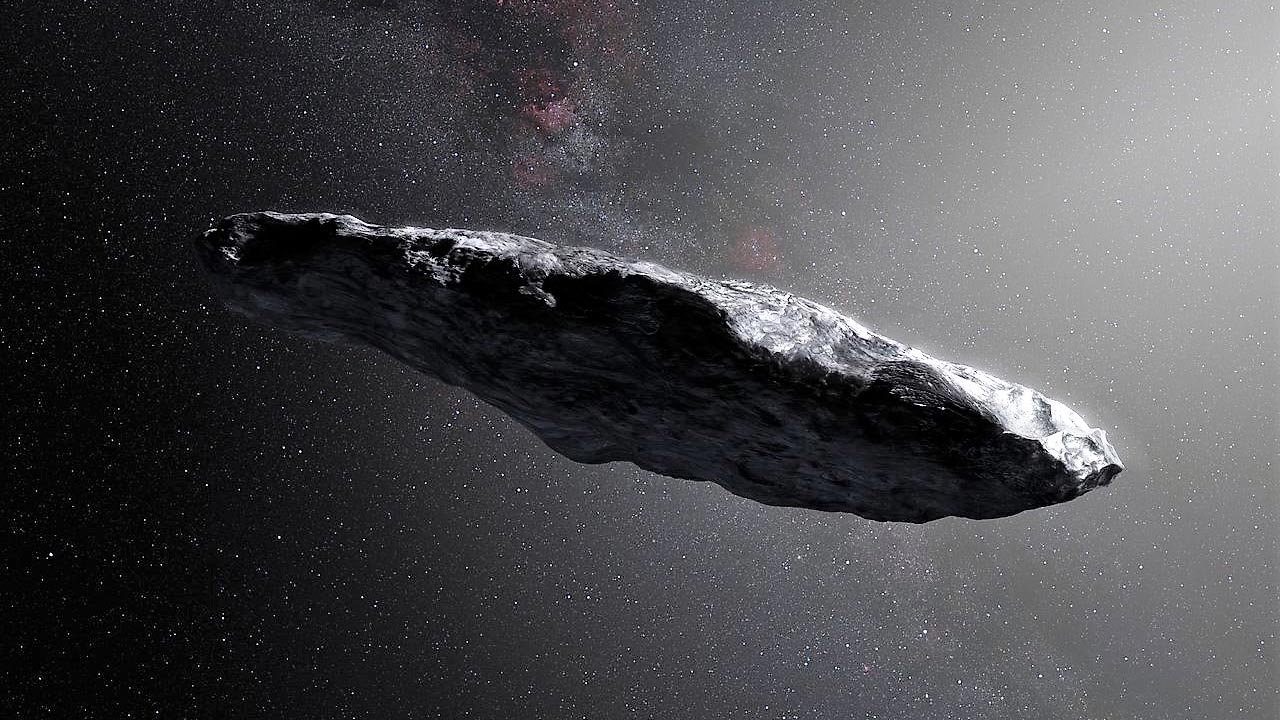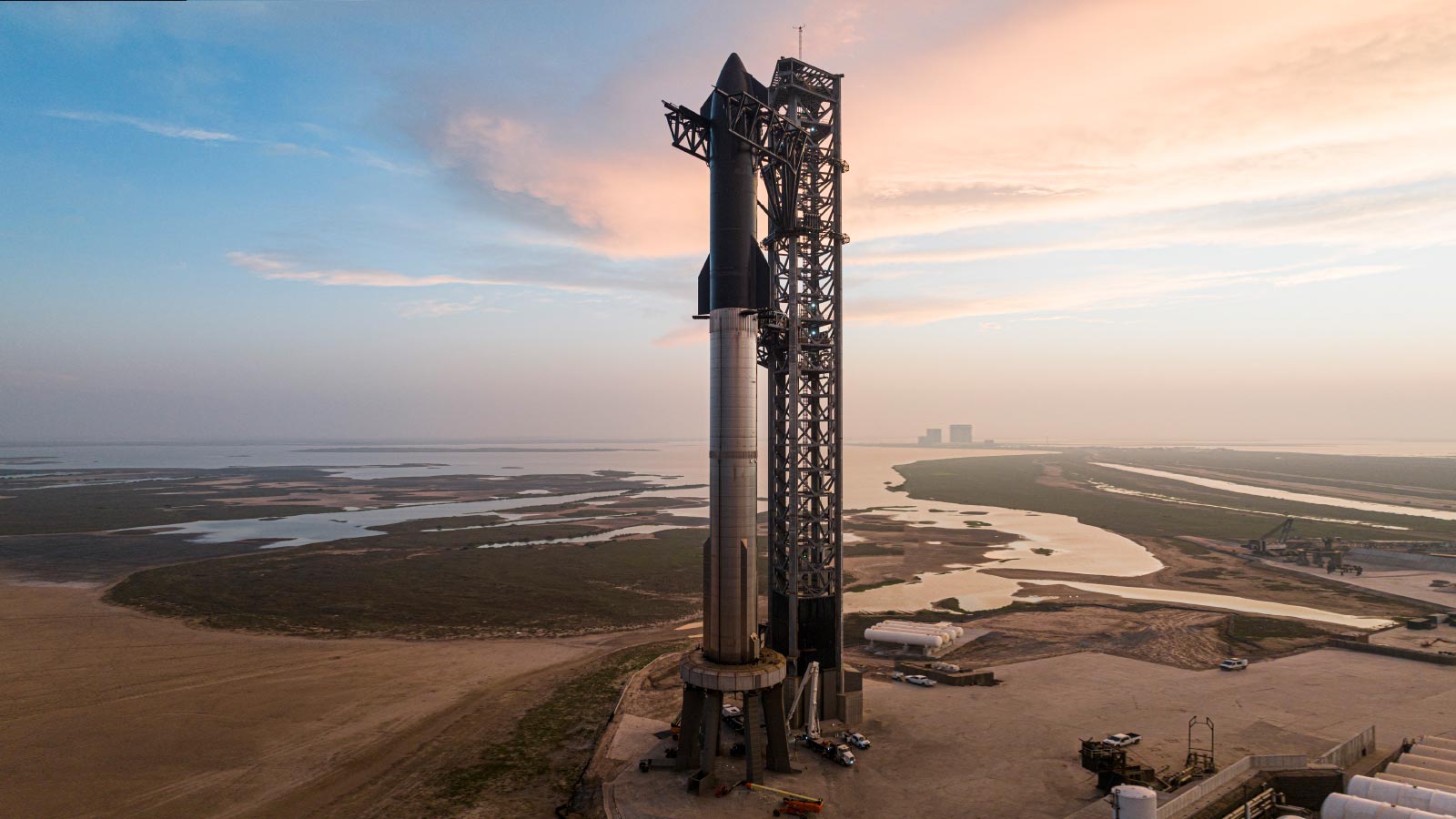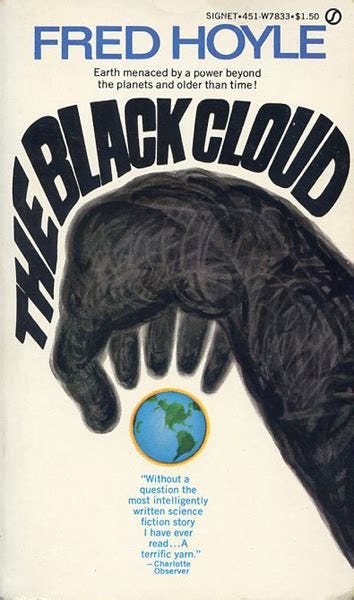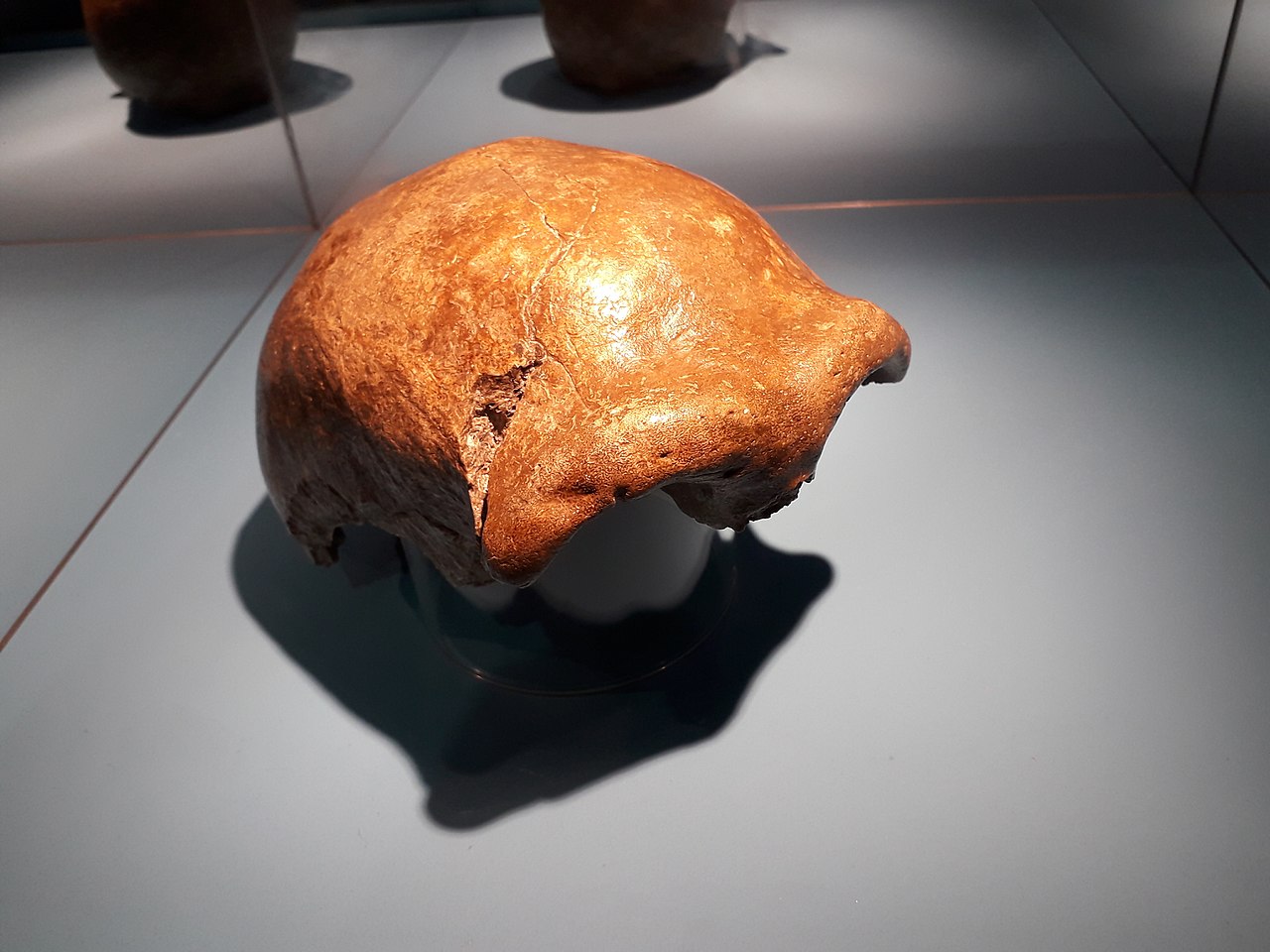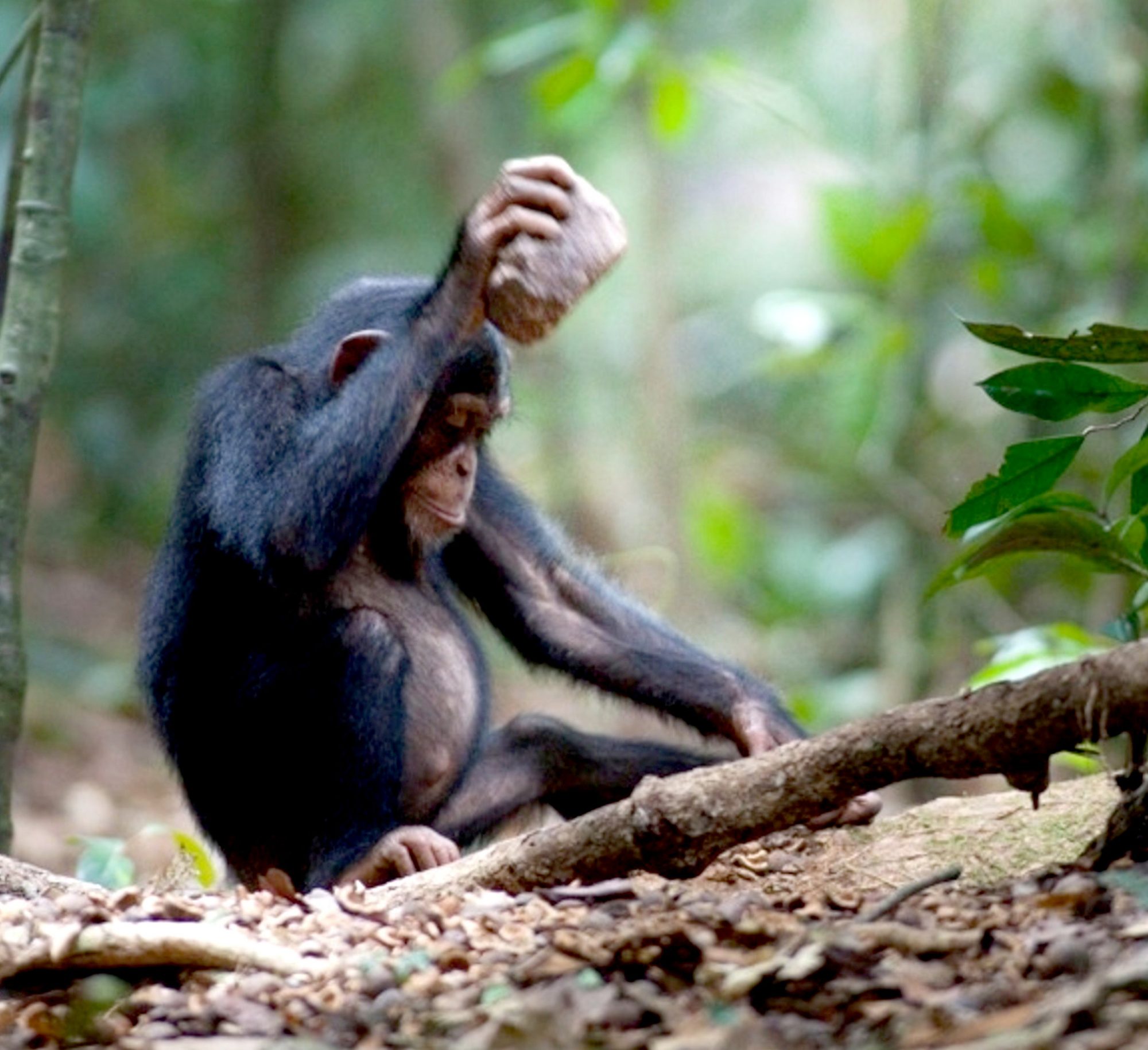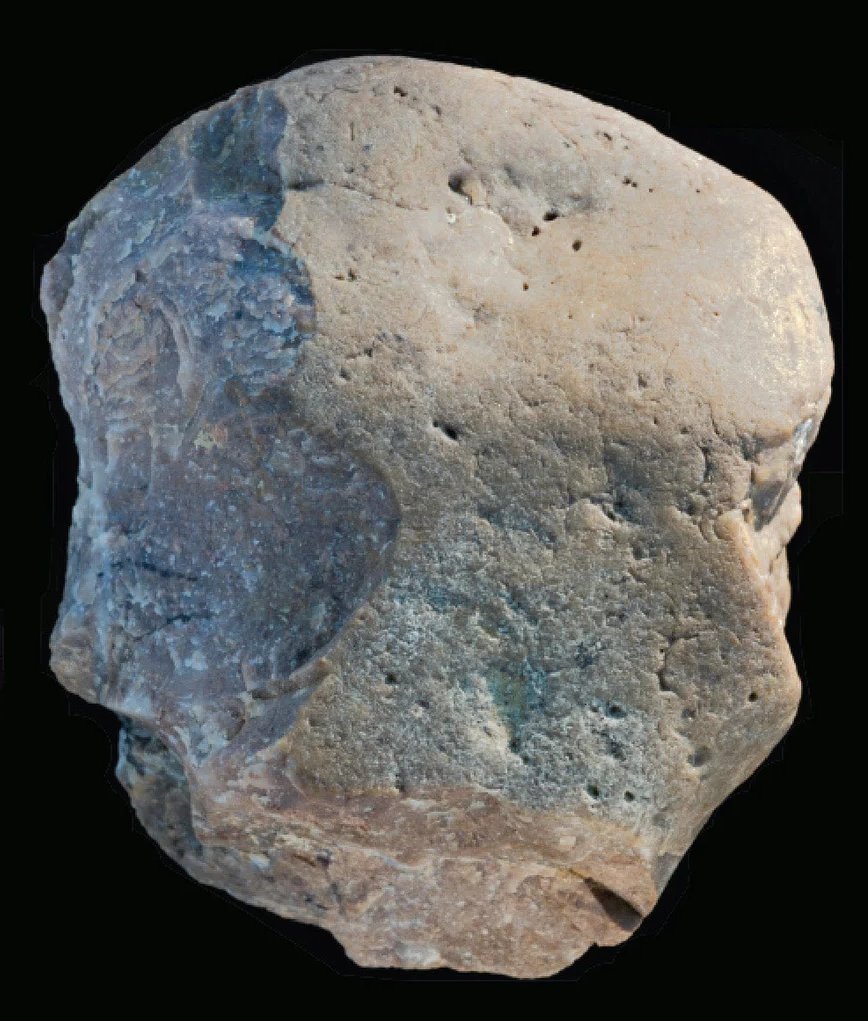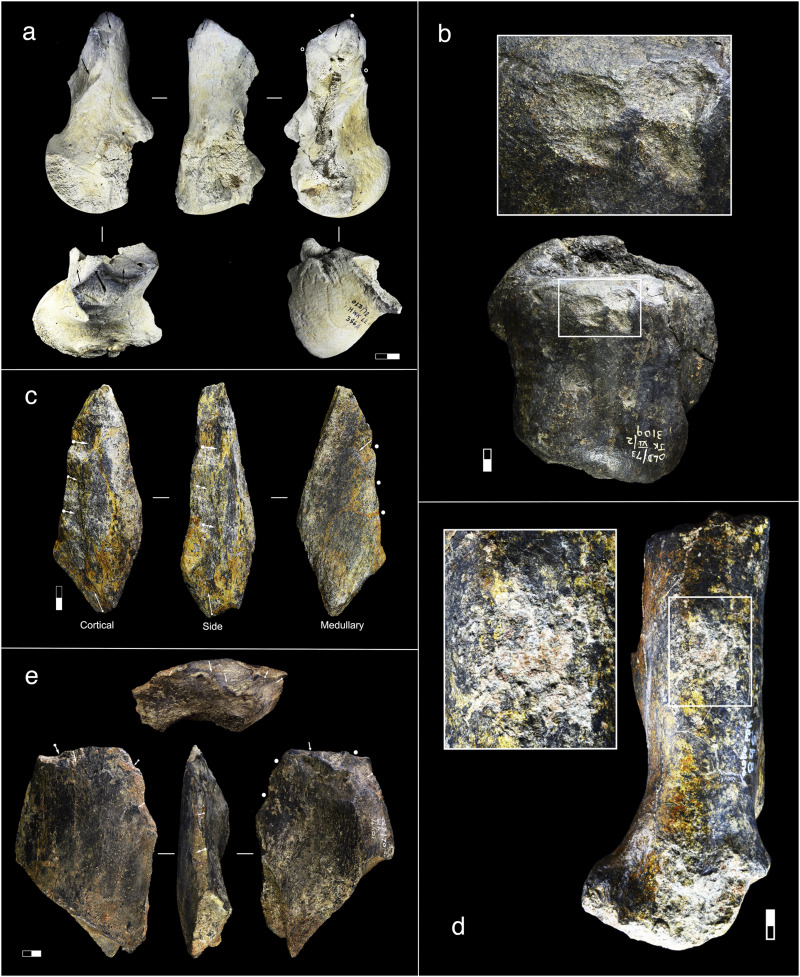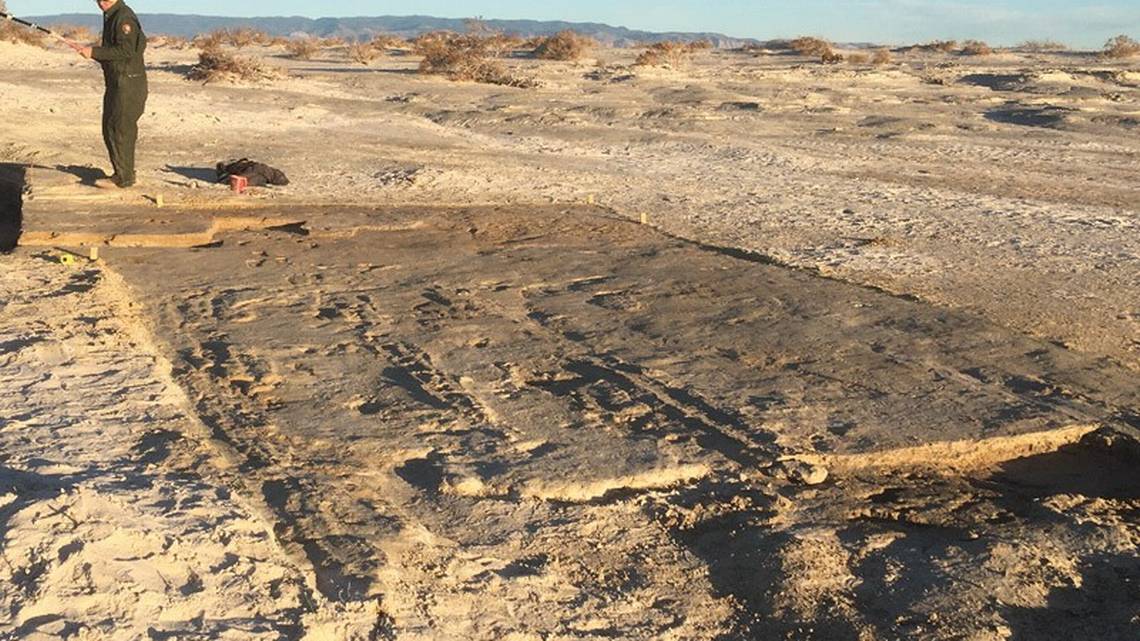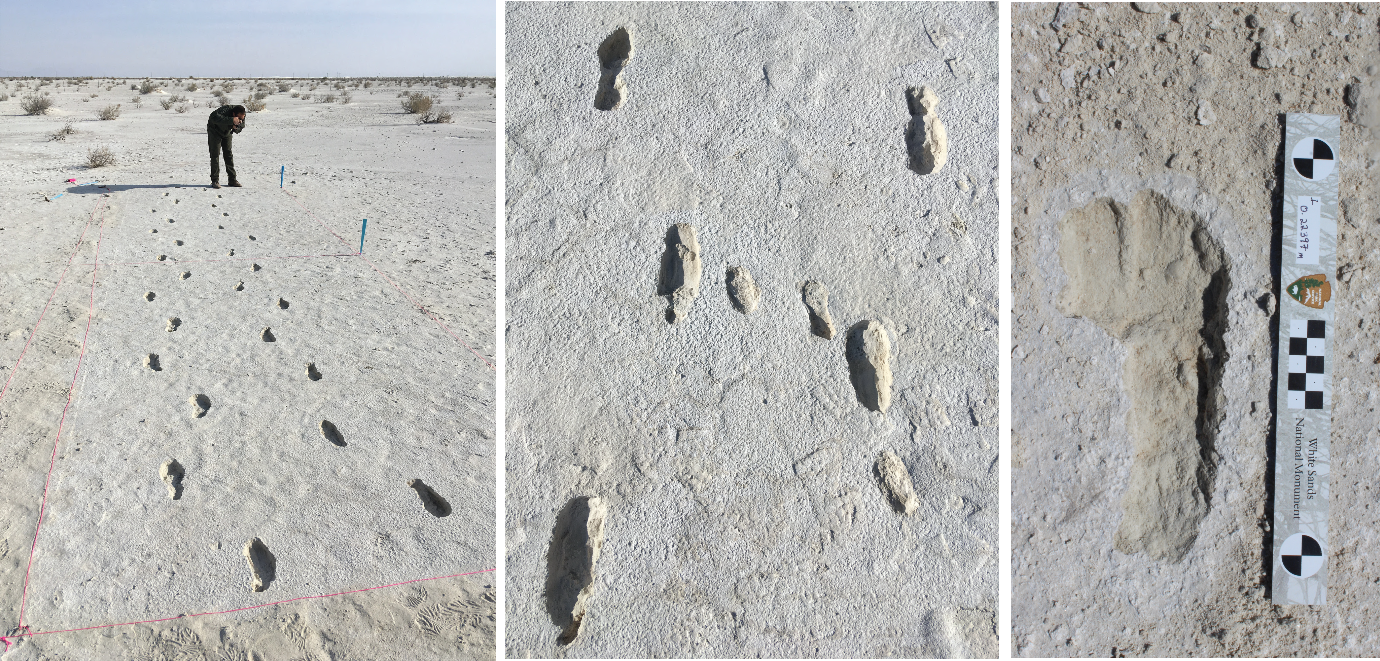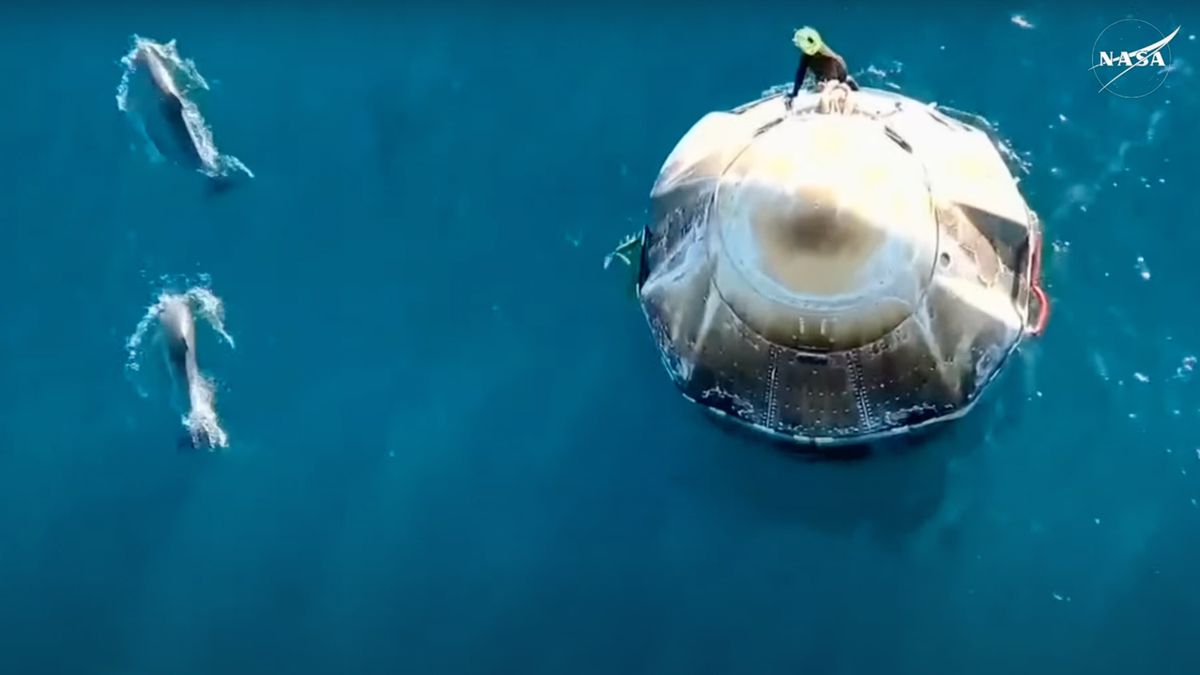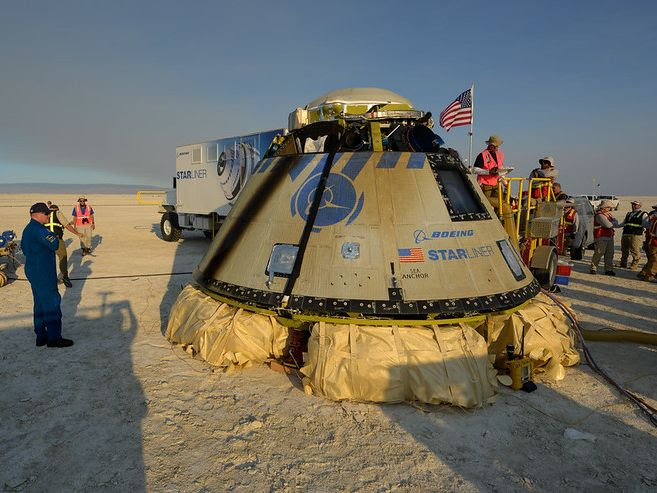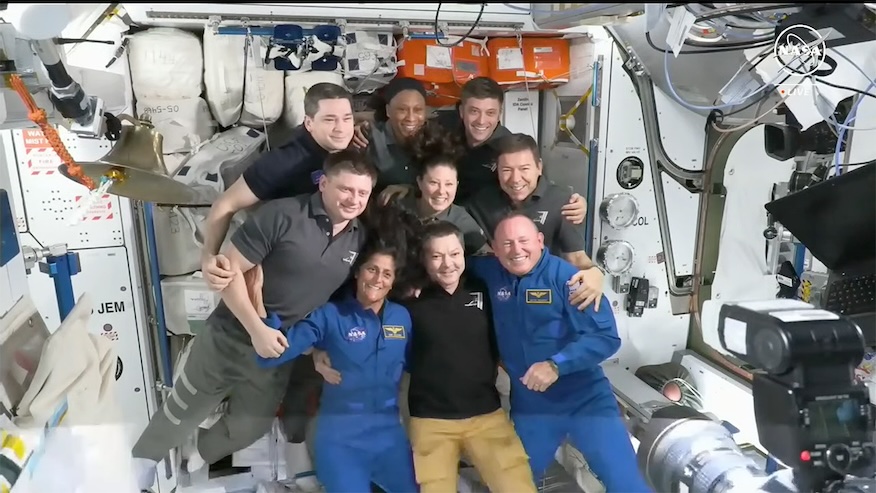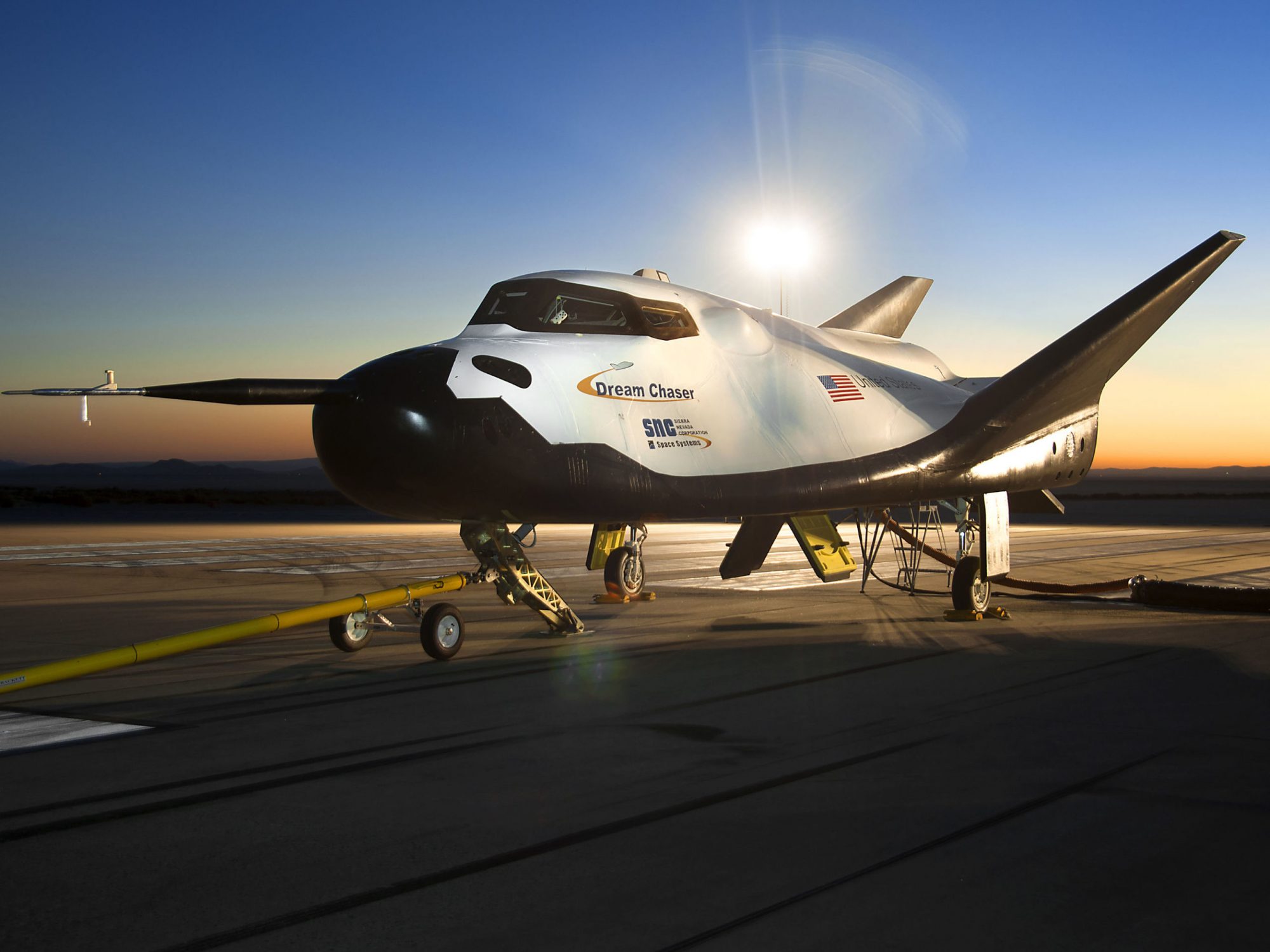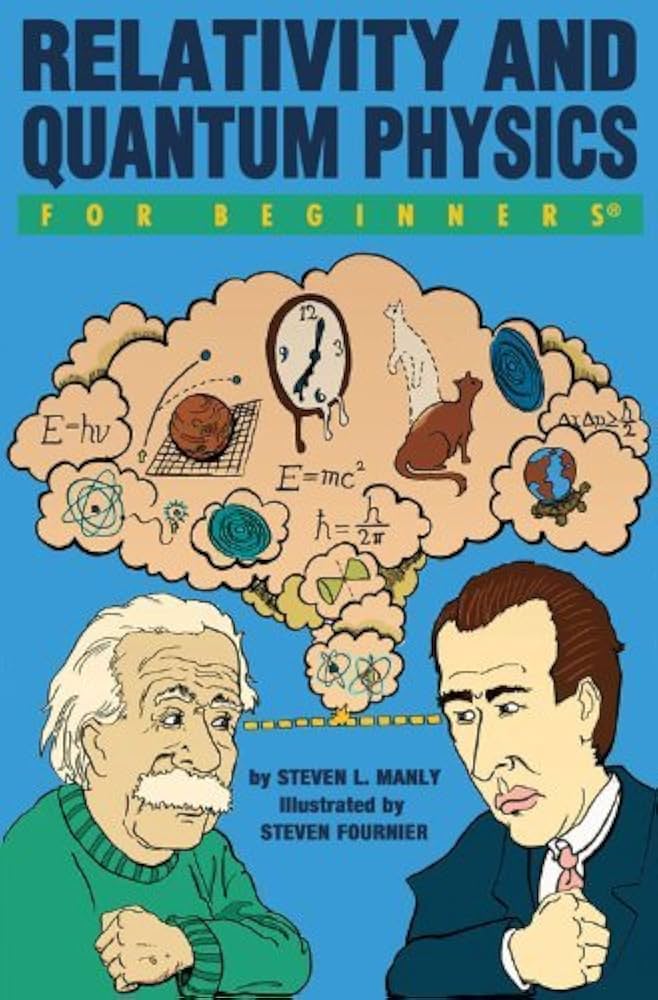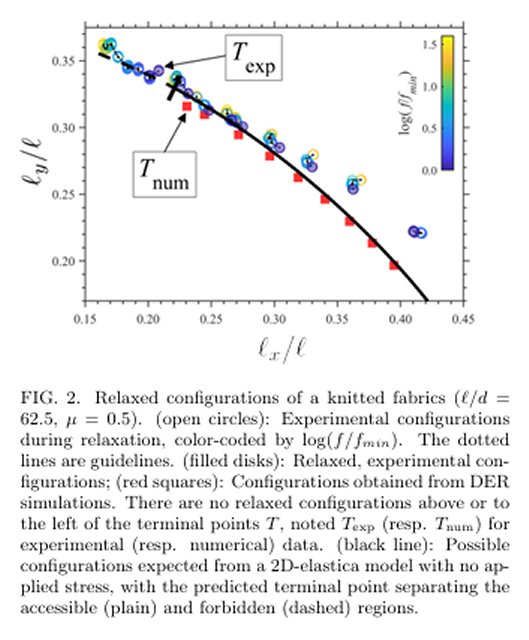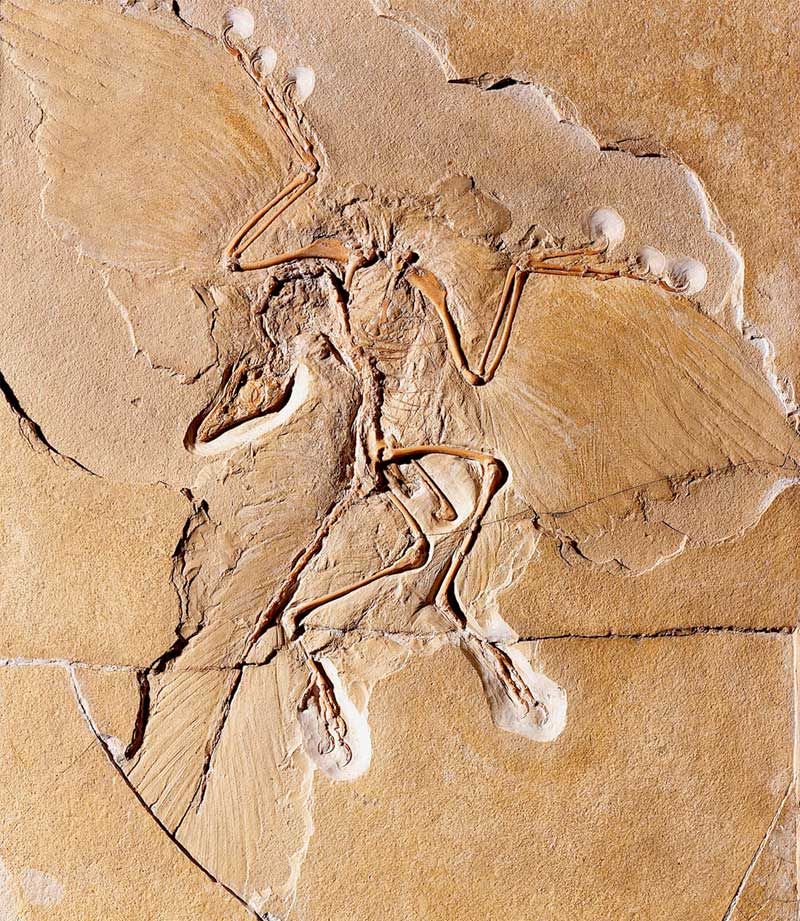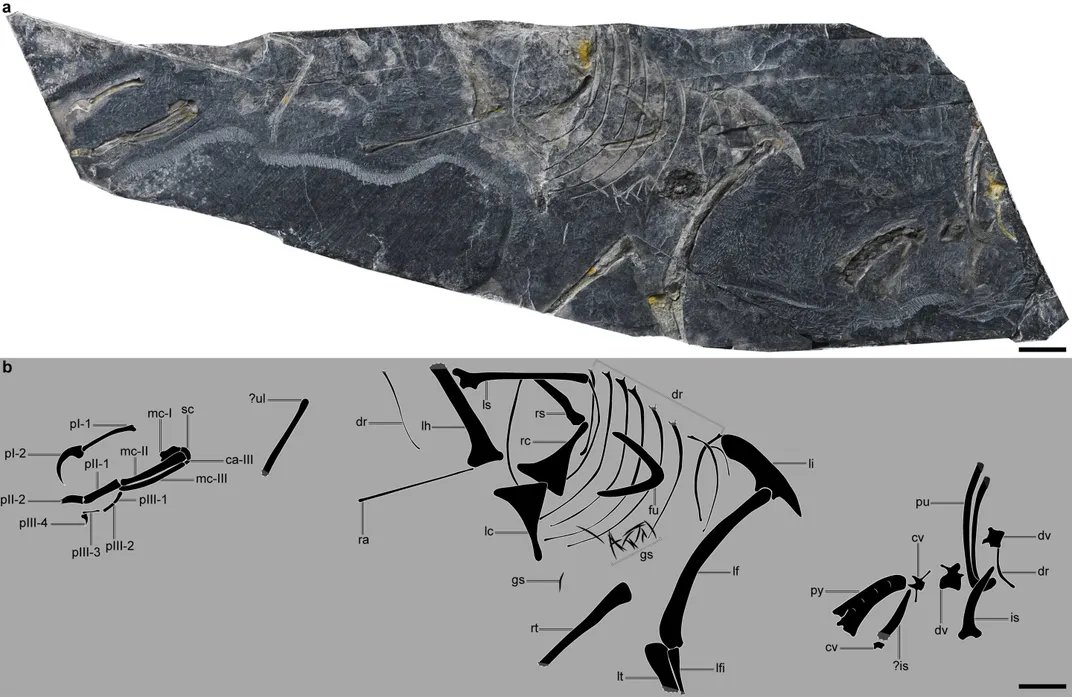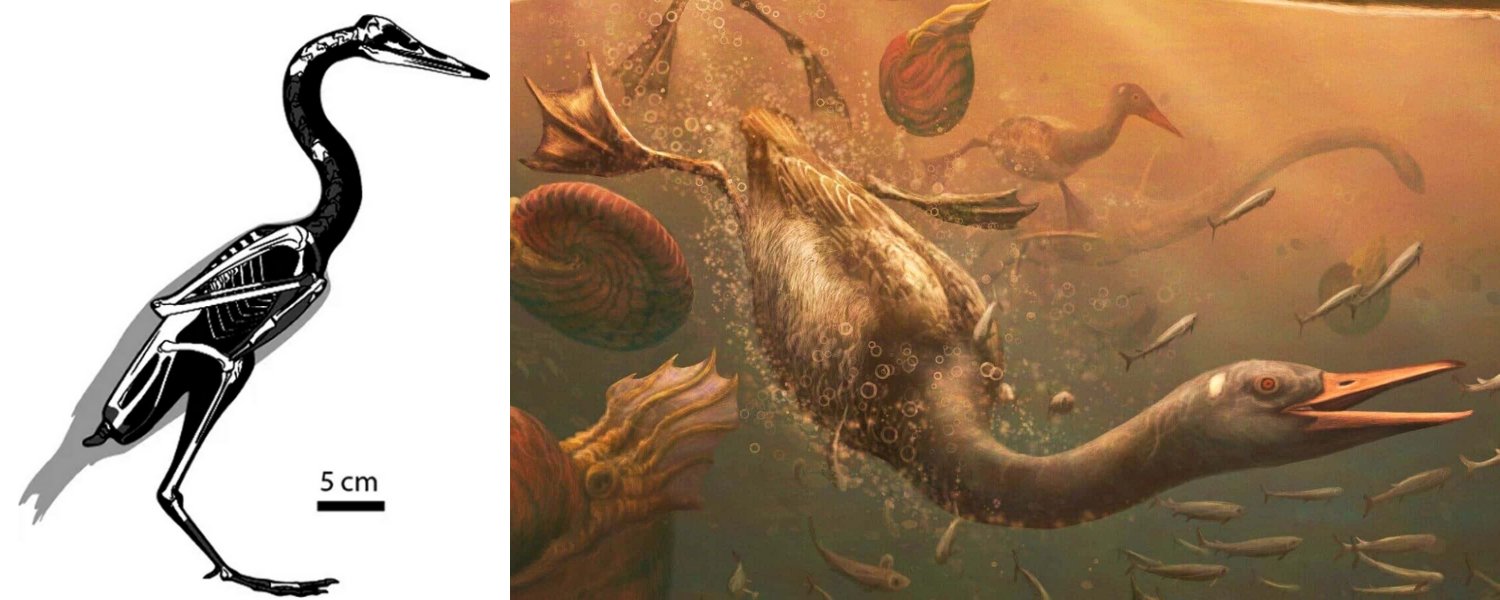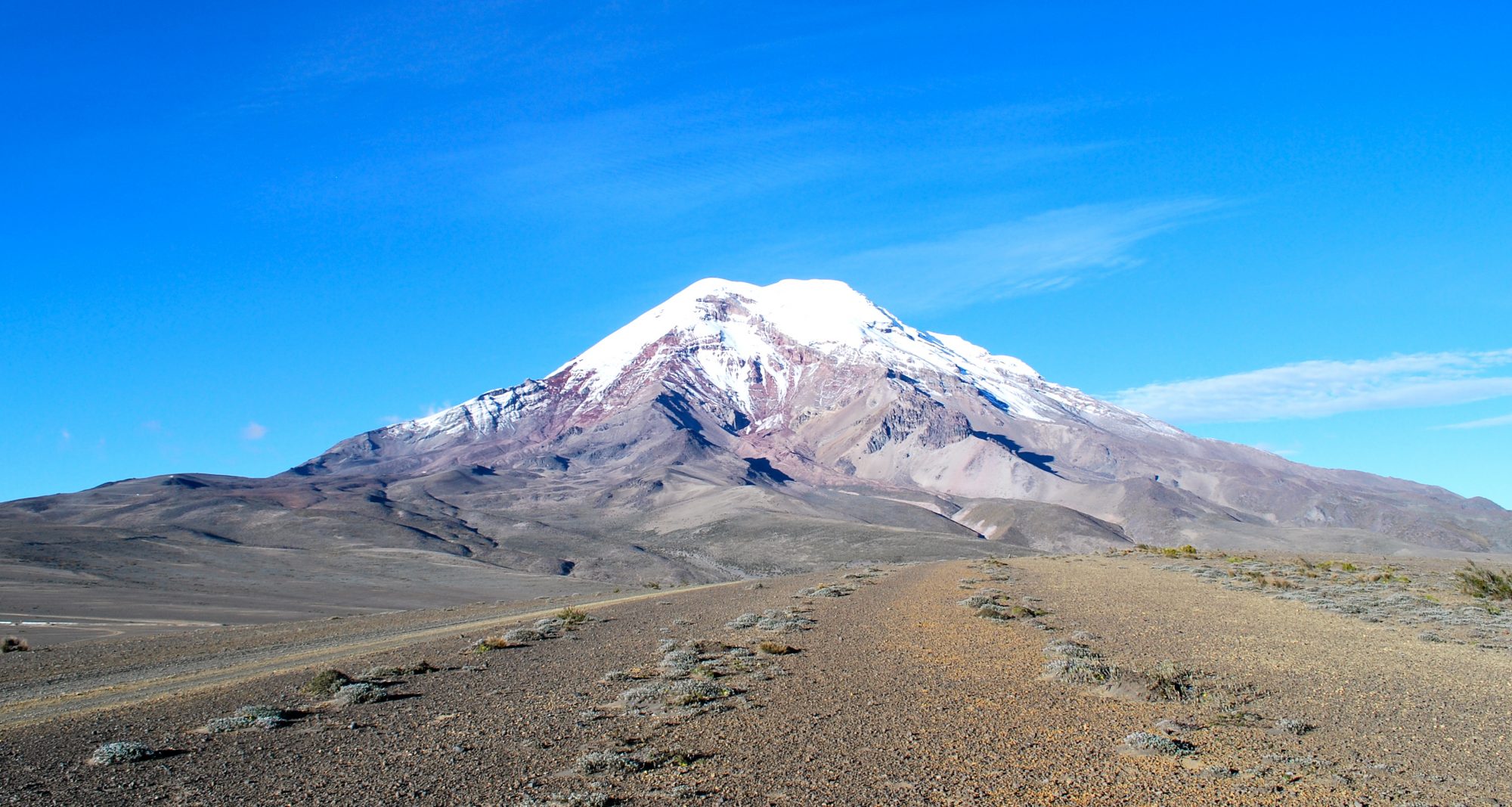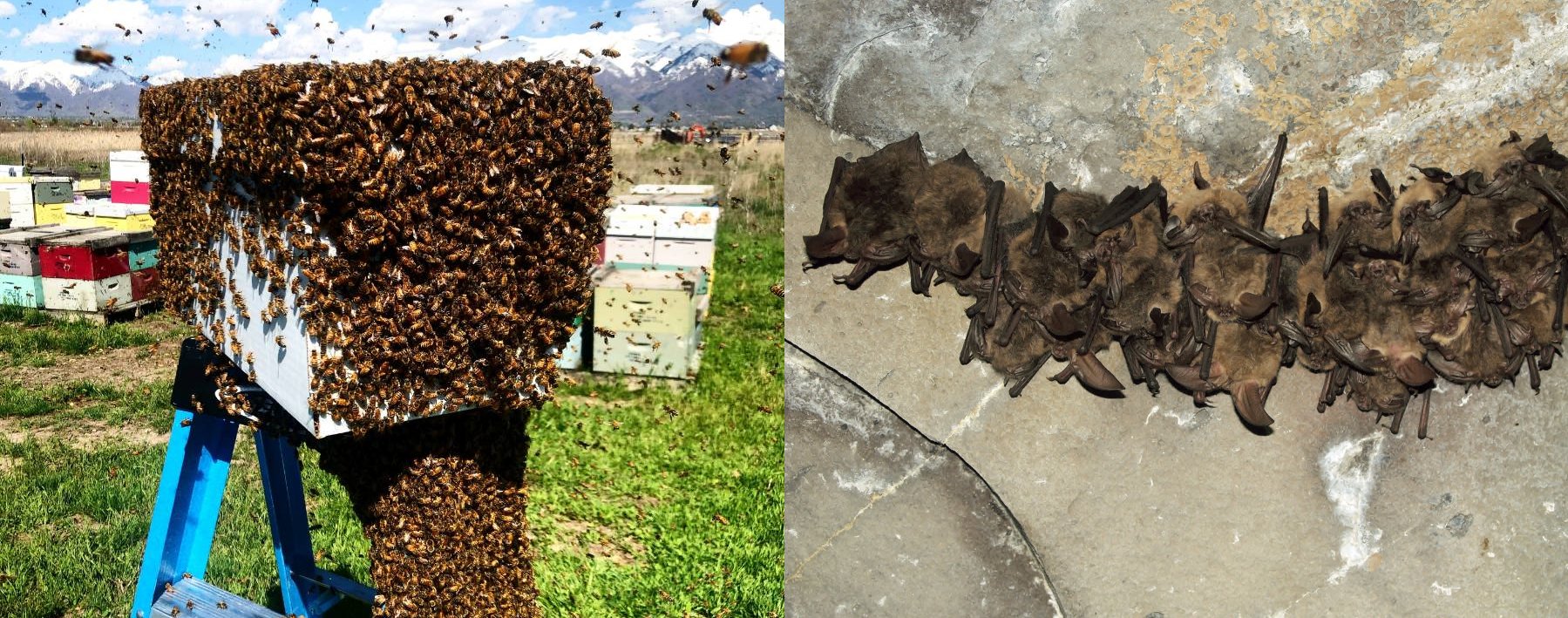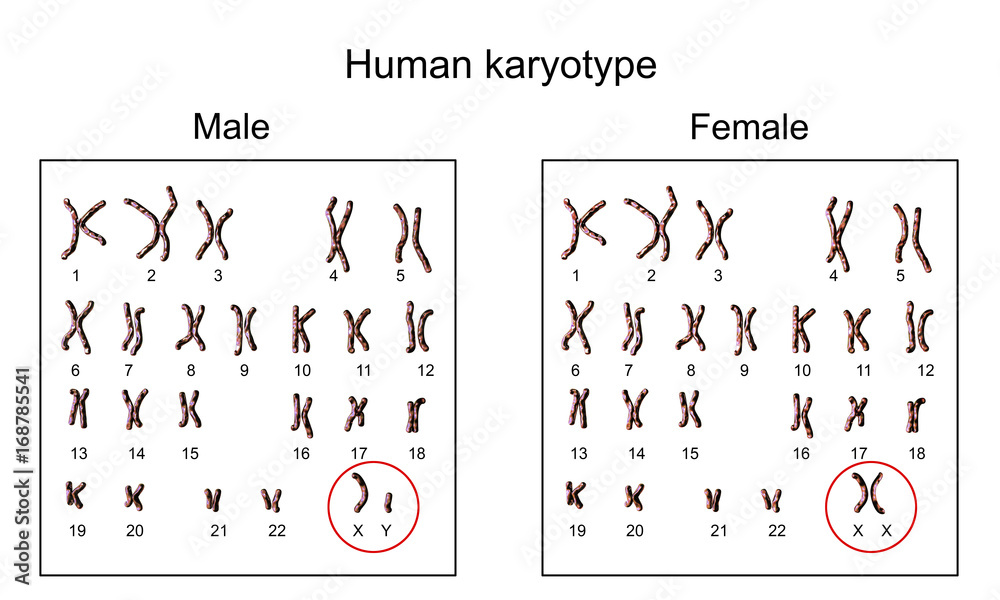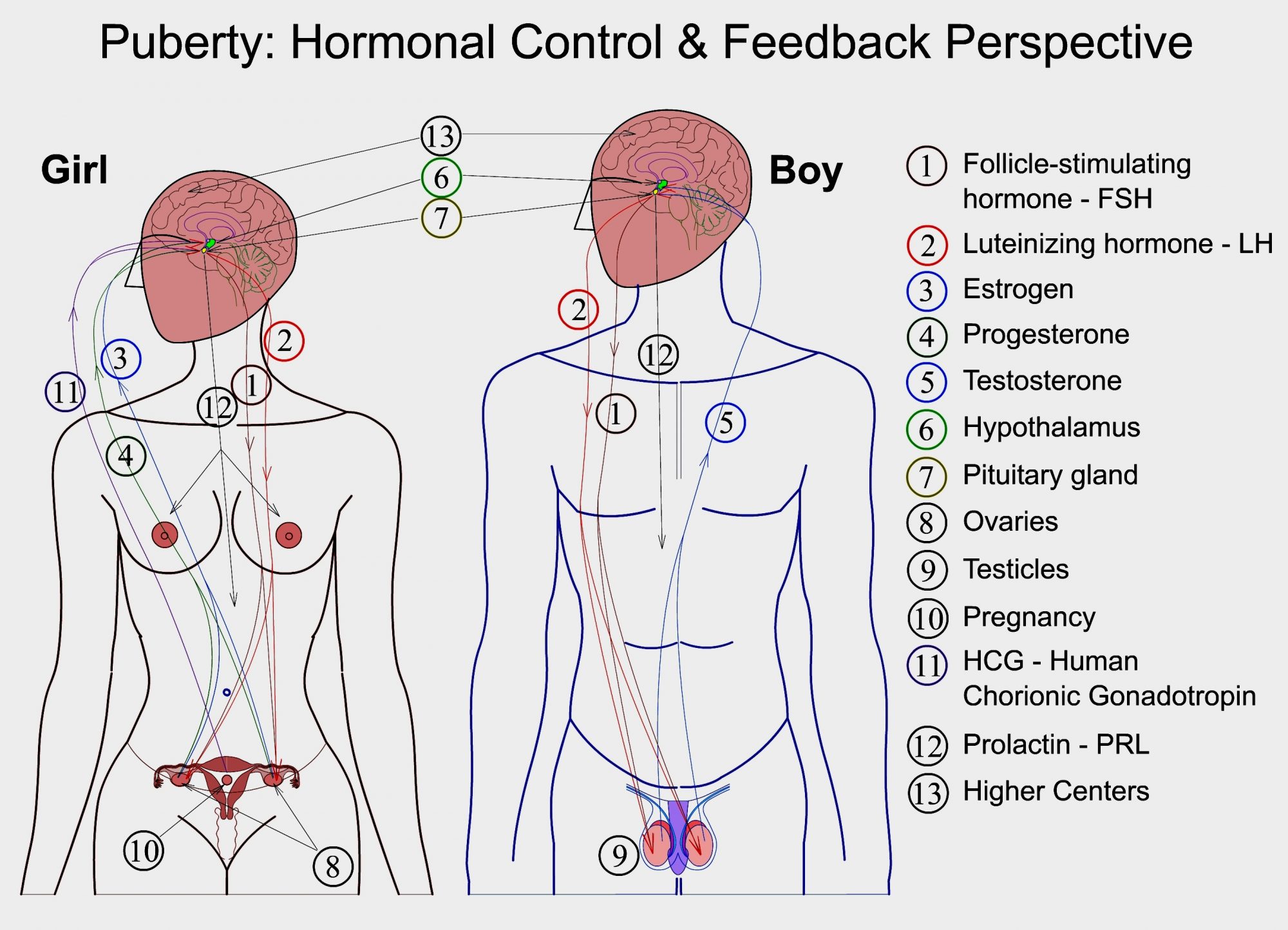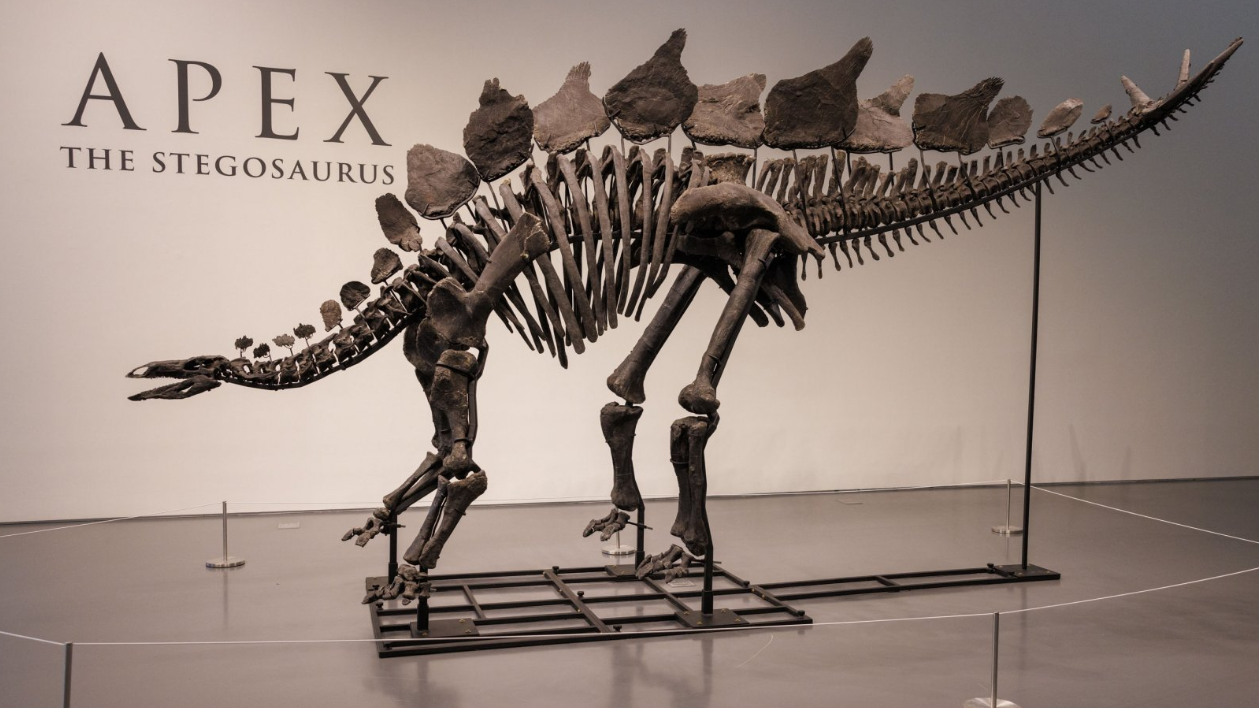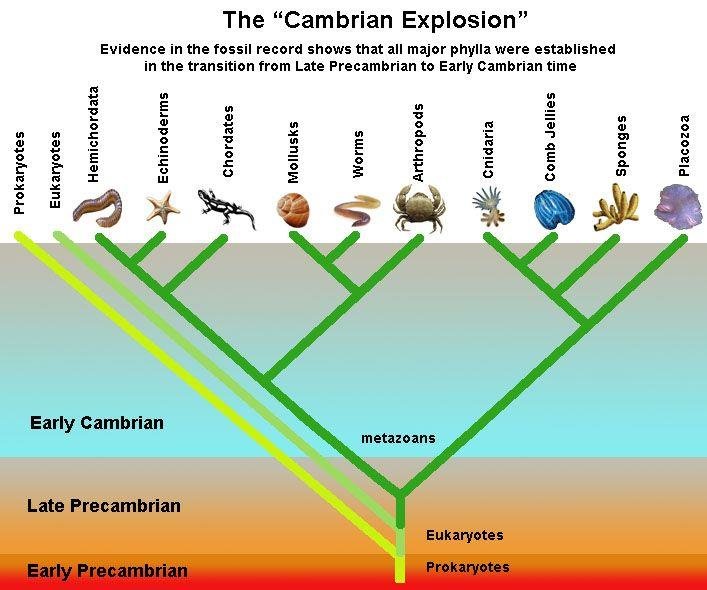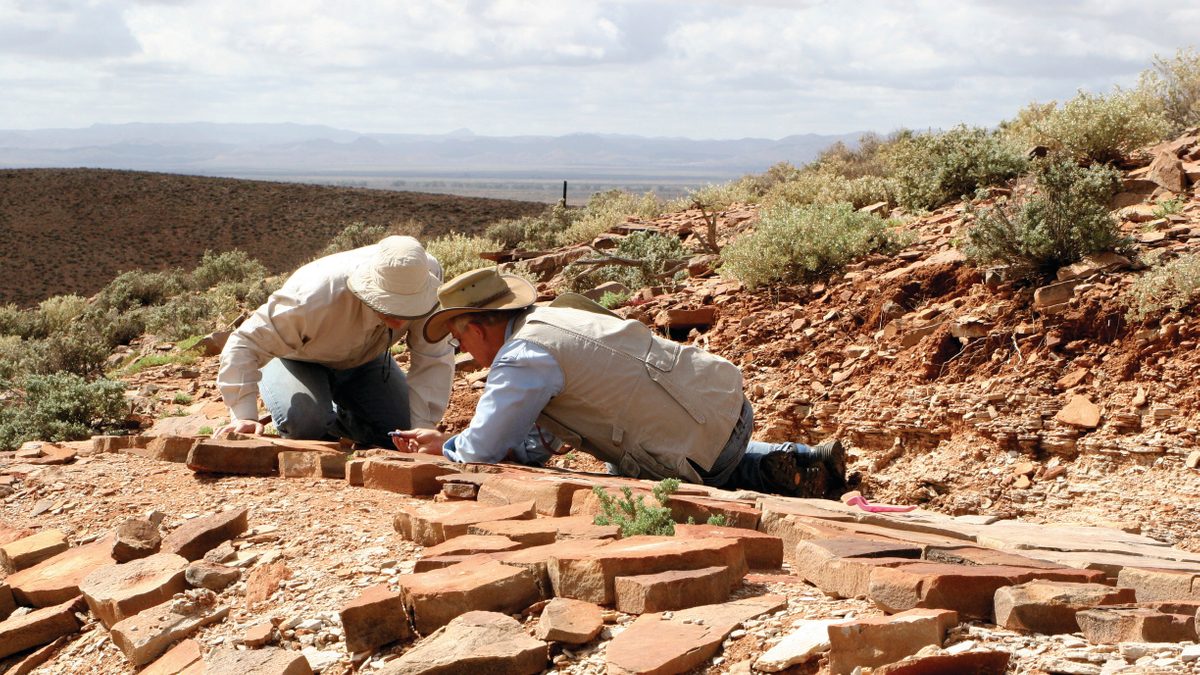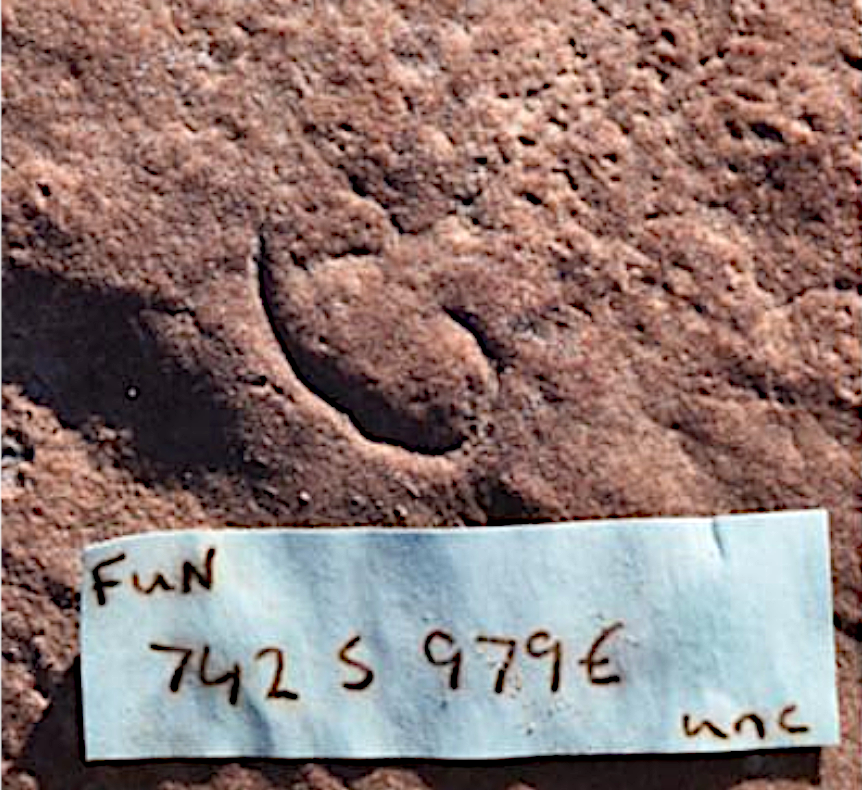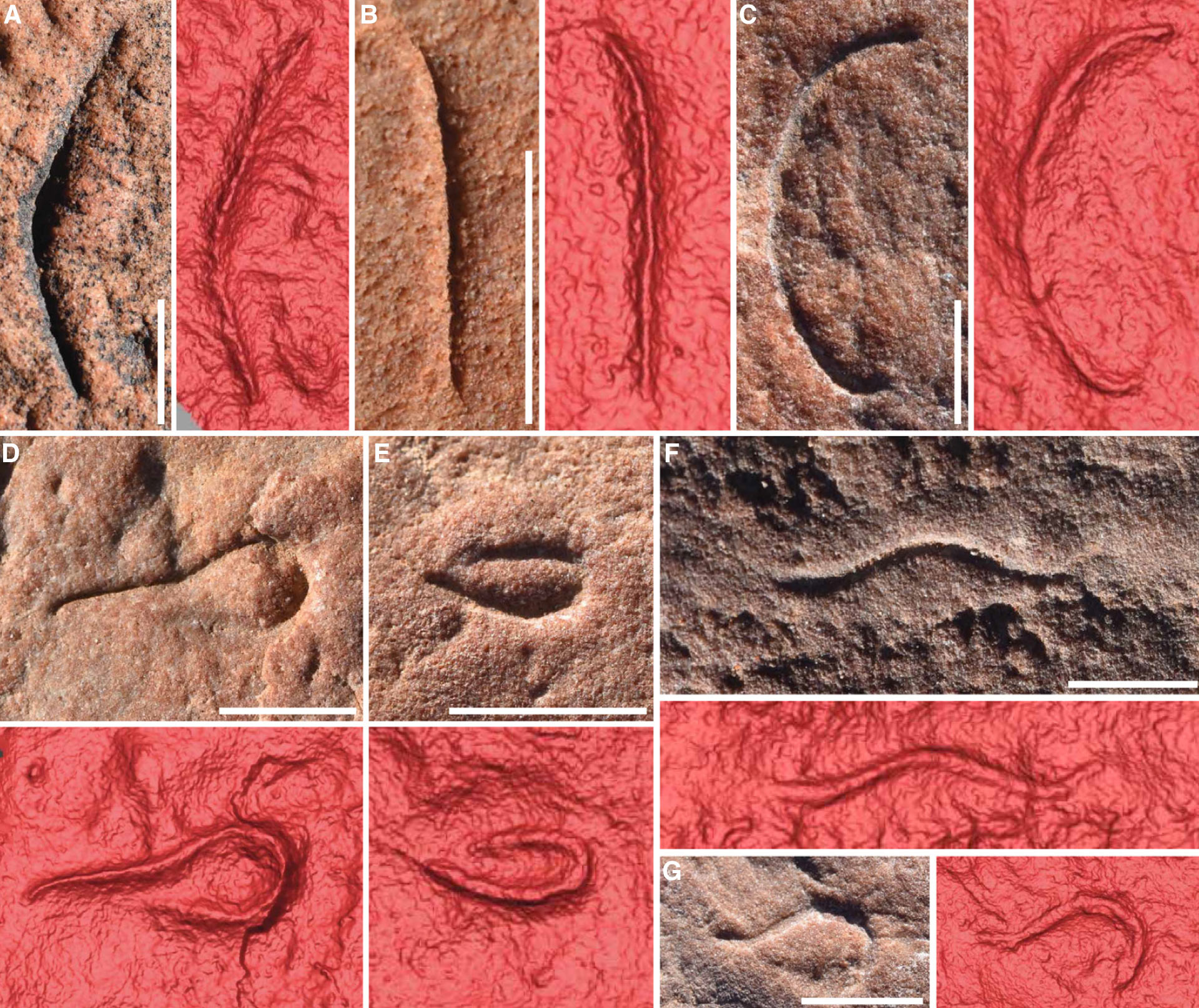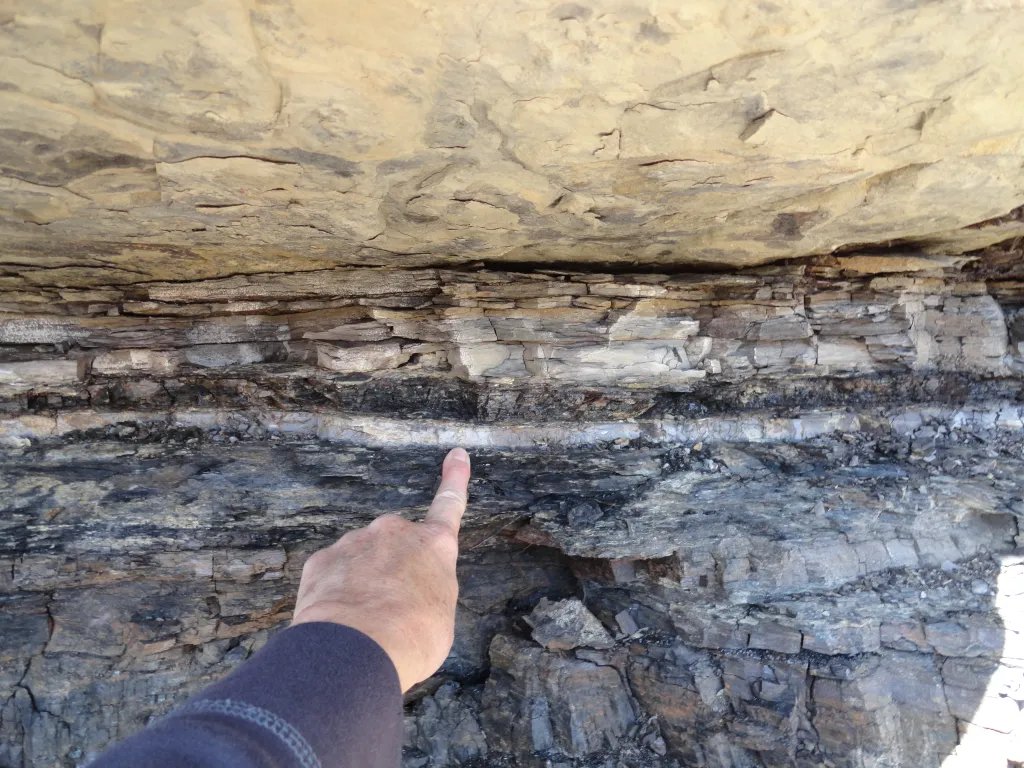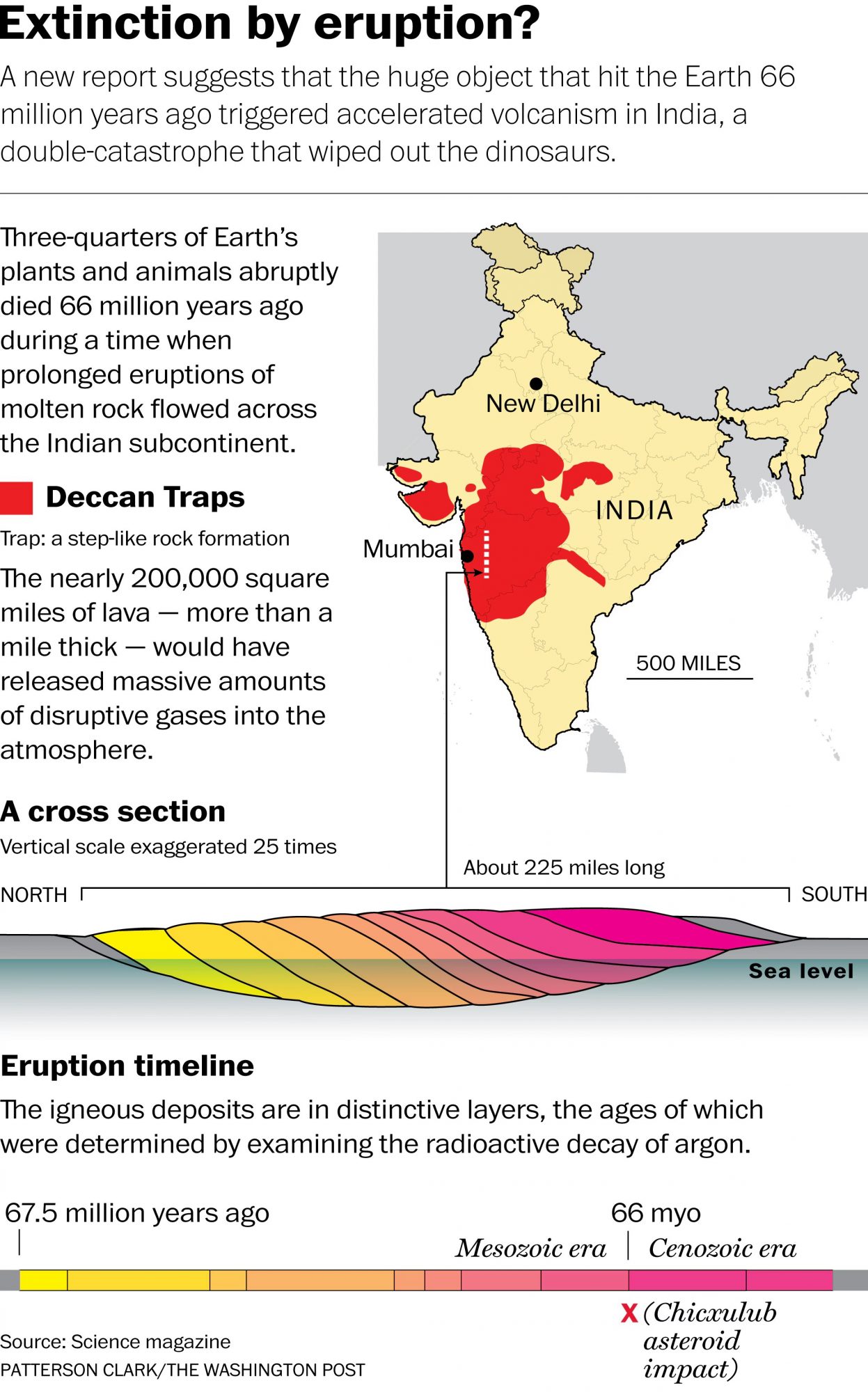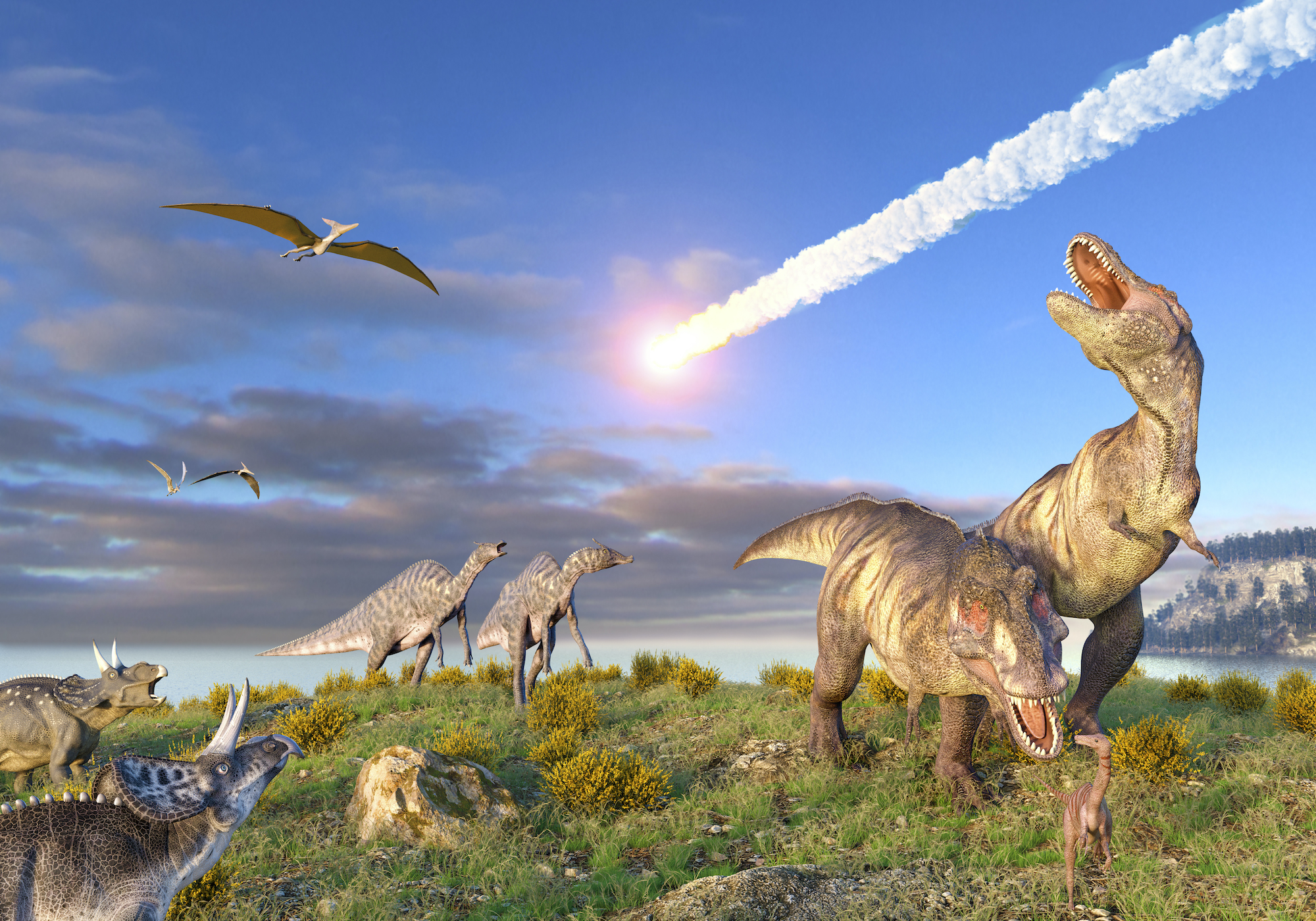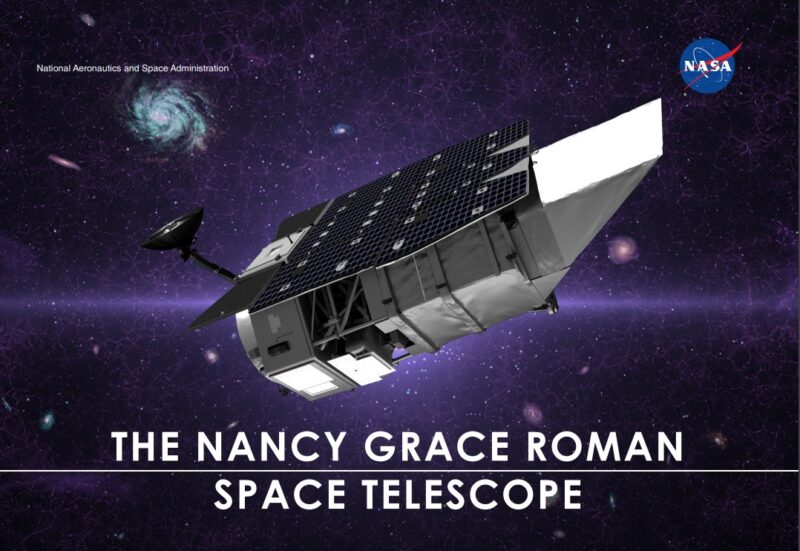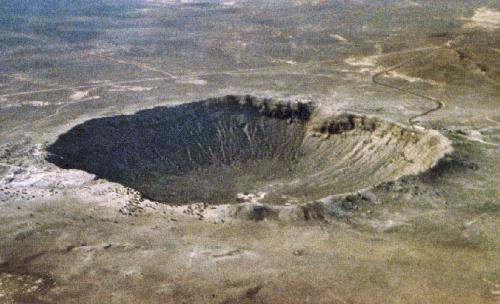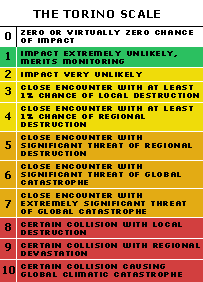It was in January of 1933 that Adolph Hitler first came to power as Chancellor of Germany. Almost immediately he began to reshape German culture according to his own racially based ideology. Of course that reshaping included both education and science, despite the fact that in the early 20th century German education and science were arguably the best in the world. Scientists like Einstein, Haber, Planck, Pauli, Heisenberg and Schrödinger, the brightest men in the world all taught in German universities.

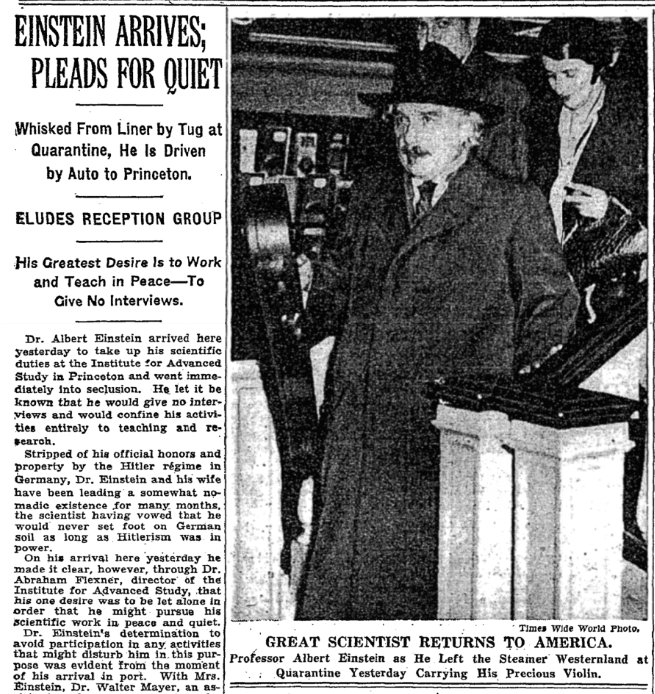
The problem, as far as Hitler was concerned was that too many of Germany’s scientists were Jews, and Hitler was convinced that there was a fundamental difference between good, wholesome ‘German Science’ and what he called ‘Jewish Science’ or sometimes ‘Communist Science’. (Why so many people assume that, just because Karl Marx was born Jewish that communism is some kind of Jewish plot for world domination is beyond my understanding. There were plenty of non-Jewish communists and Marx regarded himself as an atheist.)


The Nazi removal of Jewish influence in education started almost immediately, Jews were not allowed to teach or attend public universities. As the laws oppressing German Jews grew in number and severity many Jews sought to leave Germany, and that included German scientists like Einstein, Pauli, Born, Wigner, Bethe and Szilard, I could go on and on. As the ‘land of freedom’ the United States was the destination of choice for most of these refugees.

As World War 2 neared and Nazi military aggression became obvious Jews in other countries also began to join the migration westward to America. And it wasn’t only Jews who came to our country, many Christian scientists who objected to the loss of intellectual freedom, who refused to allow political hacks to tell them what to teach and what research to conduct also left Europe build a new life in America. The best known among these would be Enrico Fermi who led the program that built the world’s first nuclear reactor, but there were others. The benefit that the US and the Allied cause in general gained from these men during WW2 cannot be overestimated.

In all thousands of scientists and engineers, and many artists and musicians as well, fled the old world for the new and the addition of their talents enabled the United States to dominate science and culture for the rest of the century. Ever since that time America has always welcomed the world’s brightest minds to come here and learn at our universities and perhaps even stay here and contribute to American science.
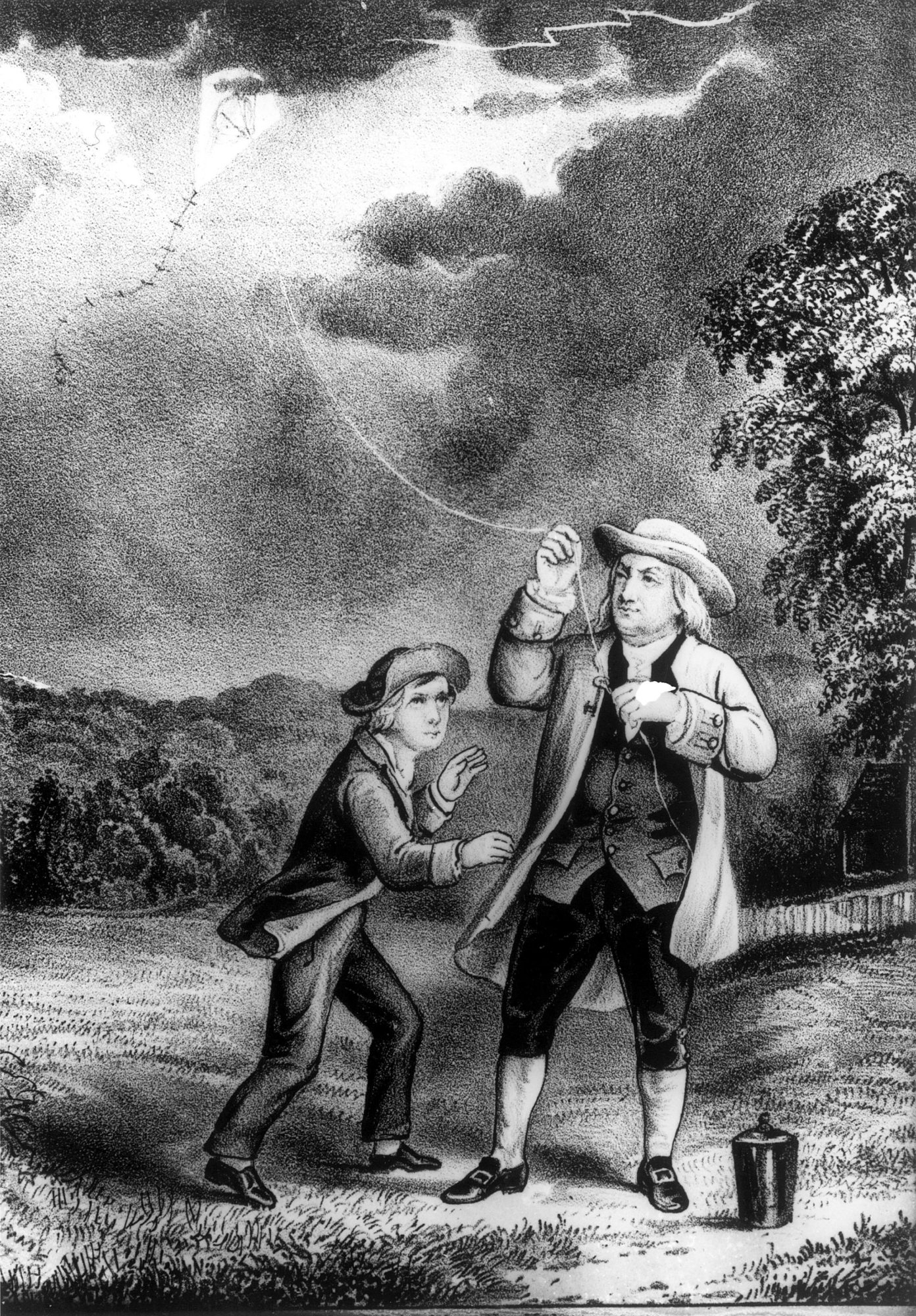
Not any more thanks to Trump. Just as Hitler did, Trump’s war on intellectualism is being conducted on several fronts. First of all Trump’s determination to get rid of as many immigrants as possible is not stopping at just those ‘illegals’ who snuck into our country without a visa or those who have overstayed the time limit on their visas. Immigrants from countries like Cuba and Venezuela, who were granted asylum status because we consider both governments to be dictatorships are now having that status revoked and are being deported.

It even goes further as foreign students, who are given ‘Green Cards’ so that they can study at American universities, and who bring a lot of money to those universities, are now being rounded up and deported if they dare to protest against any of the Trump administration’s policies. America is no longer a welcoming refuge for those seeking to escape tyranny and bring their talents to our country.

Even worse, Trump and his goons have begun the process of forcing scientists who work for the government to accept the administration’s ideological opinion instead of the facts as their research has shown them. In other words scientists at the National Oceanographic and Atmospheric Administration (NOAA) can either parrot Trump’s lies about climate change or lose their jobs while physicians at the Centers for Disease Control (CDC) can either accept Robert Kennedy Jr.’s nonsense about vaccines causing autism or be fired. In fact Peter Marks, the scientist who oversaw the creation of the Covid-19 vaccines in record time, and who is thought to have saved an estimated three million lives, has been forced to resign rather than be a party to RFK Jr’s false science.

At the same time Trump has used federal funding for science as a weapon to force America’s leading universities to bow to his ideological whims. The University of Pennsylvania has lost over $100 million dollars in grant money because they used to have a trans-girl student on their girl’s swim team, and that student graduated several years ago. At Colombia University funds have been taken away on the grounds of campus ‘anti-Semitism’ because in 2024 there were massive protests called for a cease-fire in Israel’s war in Gaza. By the way many of the students at that peace protest were Jewish. Now Harvard and Princeton have also had research funds taken away from them.

So far most of the funds that have been pulled are directed at medical research, vaccines and drug testing that much of the republican base regards as a conspiracy by ‘Big Pharma’. Harvard’s President, in a letter to his faculty has declared that the loss of these funds “Will halt life saving research.” It’s not just medical studies that are being affected however because it appears that at Princeton the funding being canceled deals with fusion energy and astrophysics research.
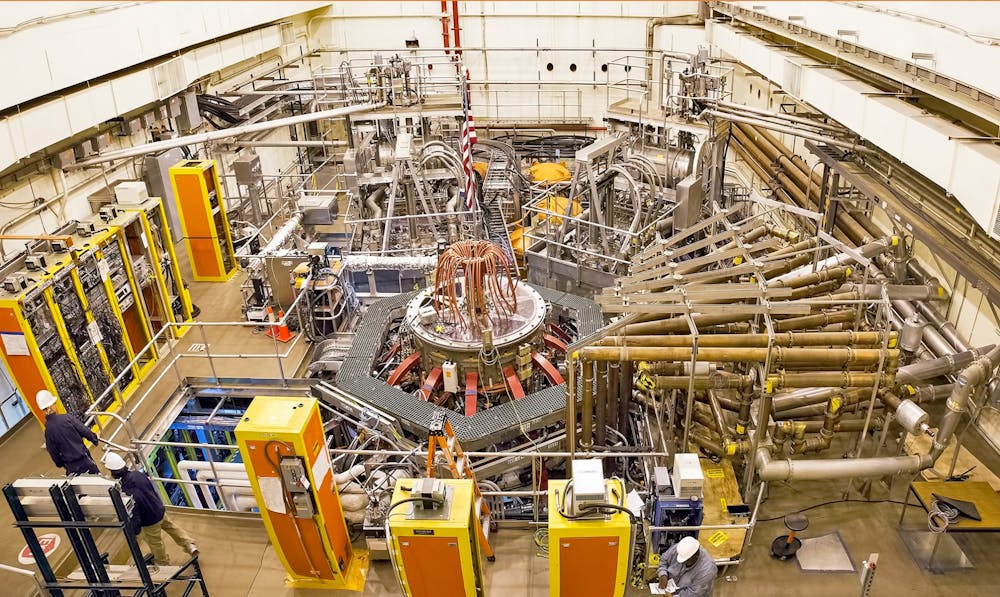
The loss of these research funds will be devastating to American science. Johns Hopkins University, one of the first institutes of learning to be attacked by Trump is planning on laying off 2,000 staff members. While other schools have not yet announced how many faculty members they may lose all of them are cutting back on the hiring of new researchers, that means graduate students! So this country’s best and brightest young minds will not be able to continue their education here and all of the discoveries and inventions they may have generated will be lost to our country.

As the United States becomes ever more hostile toward science other countries are already looking to increase their own talent pool by luring American scientists to their country. In a recent survey by the British journal Nature over 70% of the American scientists who responded indicated that they were considering leaving the US to continue their work abroad. As you might imagine those scientists who were at the beginning of their careers were the most interested in emigrating.

While Canada currently seems to be the destination of choice for American scientists other nations like France, the UK and Japan are not far behind. The German media outlet Deutsch Welle even jokingly published an article entitled ‘Dear US Researchers, Welcome to Germany’.

So will US scientists flee to other countries in a modern reversal of the way so many scientists came to America to escape the Nazi. Only time will tell. It’s worth remembering however that Trump’s most ardent supporters are a bunch of creationists, conspiracy mongers and anti-intellectuals who all want to control our educational system with the intent of fostering their own morals on the truth. No country can survive that sort of thing for long!



